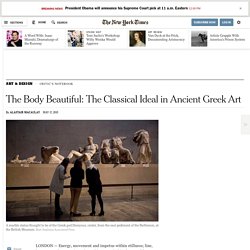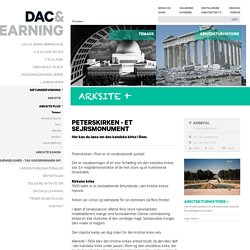

Haus der Deutschen Kunst 5. Third Reich in Ruins, All contents copyright © 2000-2016, Geoffrey R.

Walden; all rights reserved. All photos taken by or from the collection of Geoffrey R. Walden, except where specifically noted. Please respect my property rights, and the rights of others who have graciously allowed me to use their photos on this page, and do not copy these photos or reproduce them in any other way. This page is intended for historical research only, and no political or philosophical aims should be assumed. The author of this website is not responsible or liable for any use(s) made of the information presented in this website, or any consequence(s) of such use(s). This page initially uploaded on 20 July 2000. www.derfreiwillige.com Third Reich in Ruins, All contents copyright © 2000-2016, Geoffrey R.
This page is intended for historical research only, and no political or philosophical aims should be assumed. This page initially uploaded on 20 July 2000. Germany 1880-1945: Das Haus Der Deutschen Kunst - The House of German Art. Das Haus der Deutschen Kunst was constructed from 1933 to 1937 following plans of architect Paul Ludwig Troost as the Third Reich's first monumental structure of National Socialist architecture.

The museum was opened in 18 July 1937 as a showcase for Germany's finest art. The inaugural exhibition was the 'Große Deutsche Kunstausstellung' ("Great German art exhibition"), which was intended as an edifying contrast to the condemned modern art on display in the concurrent 'Degenerate Art Exhibition'.
Paul Ludwig Troost (17 August 1878 – 21 January 1934), born in Elberfeld, was a German architect. An extremely tall, spare-looking, reserved Westphalian with a close-shaven head, Troost belonged to a school of architects, Peter Behrens and Walter Gropius who, even before 1914, reacted sharply against the highly ornamental Jugendstil, and advocated a restrained, classic architectural approach, almost devoid of ornament, combining Spartan traditionalism with elements of modernity. Kampf Arno Breker. 301176. The Body Beautiful: The Classical Ideal in Ancient Greek Art. Photo LONDON — Energy, movement and impetus within stillness; line, harmony and proportion: These things, so vital in the art of dance, also pervade “Defining Beauty: The Body in Ancient Greek Art,” now at the British Museum.

What this exhibition shows is that the body in movement, both realistic and transcendent, was at the center of Greek art and thought. The British Museum has always been a place for dance people; Isadora Duncan famously derived inspiration from its Elgin marbles (taken, controversially, in the 19th century from the Parthenon in Athens). When the Merce Cunningham company first visited London in 1964, Cunningham took his dancers to the museum every day.
This exhibition features some of the Elgin marbles and other items from its collection and from around the world. Her kan du læse om den katolske kirke i Rom.

Peterskirken i Rom er et verdenskendt symbol. Det er visualiseringen af en stor fortælling om den katolske kirkes sejr. En magtdemonstration af de helt store og et kunstnerisk hovedværk. Kirkens krise 1500-tallet er et skelsættende århundrede i den kristne kirkes historie. Kirken var i krise og kæmpede for sin dominans på flere fronter. Allerede i 1504 blev den kristne kirkes enhed brudt, da den blev delt i den katolske kirke under paven i Rom og den ortodokse kirke, der havde hovedsæde i Konstantinobel.
Der var en stigende vrede mod kirkens magtudfoldelse og dens stræben efter jordisk gods, der ikke stemte overens med det kristne budskab om at beskytte de fattige. Først i 1545 fik man indkaldt til et kirkemøde for at drøfte situationen. Man ville bruge kunsten i kirkekampen mellem protestantismen og katolicismen. Peterskirken Peterskirken blev den største fejring af katolicismens genvundne sejr. Sidst opdateret d. 21. januar 2014. Art works. Under Octavian Augustus (63 BC - 14 AD) the Roman state became in effect a monarchy, whilst preserving all the appearance of a republic.

Augustus was officially known as princeps, i.e. the first in the list of senators, and the citizens erected numerous statues of him. Suetonius wrote, however, that "temples in his honour he did not allow to be raised in the provinces, save those with a dual dedication to himself and the goddess Roma. And in Rome itself he rejected the honour outright". After his death Augustus was deified. In the Hermitage statue, created during the reign of one of Augustus's followers in the first half of the 1st century, Augustus is shown seated on the throne as Jupiter, highest of all the Roman gods.
Hellenistic History and Culture.